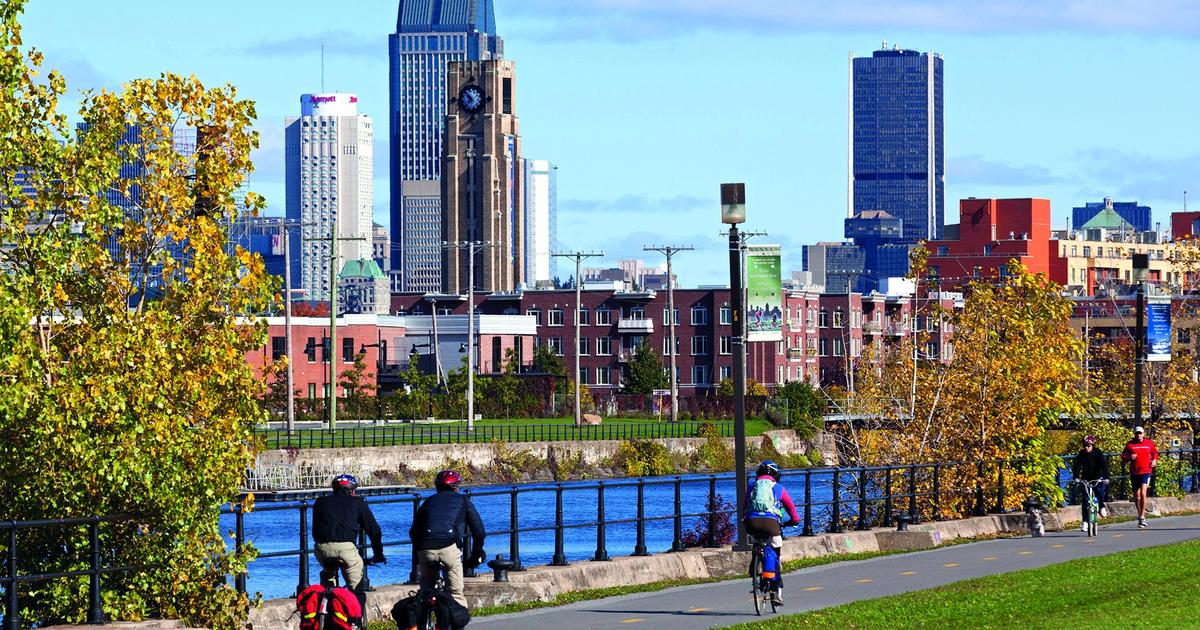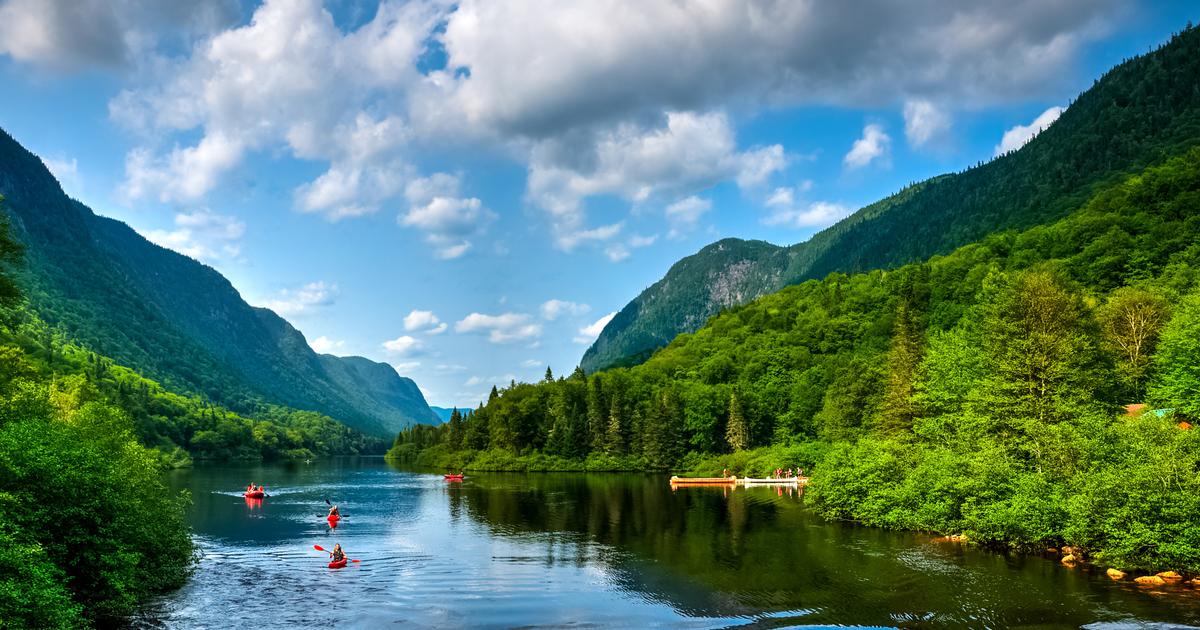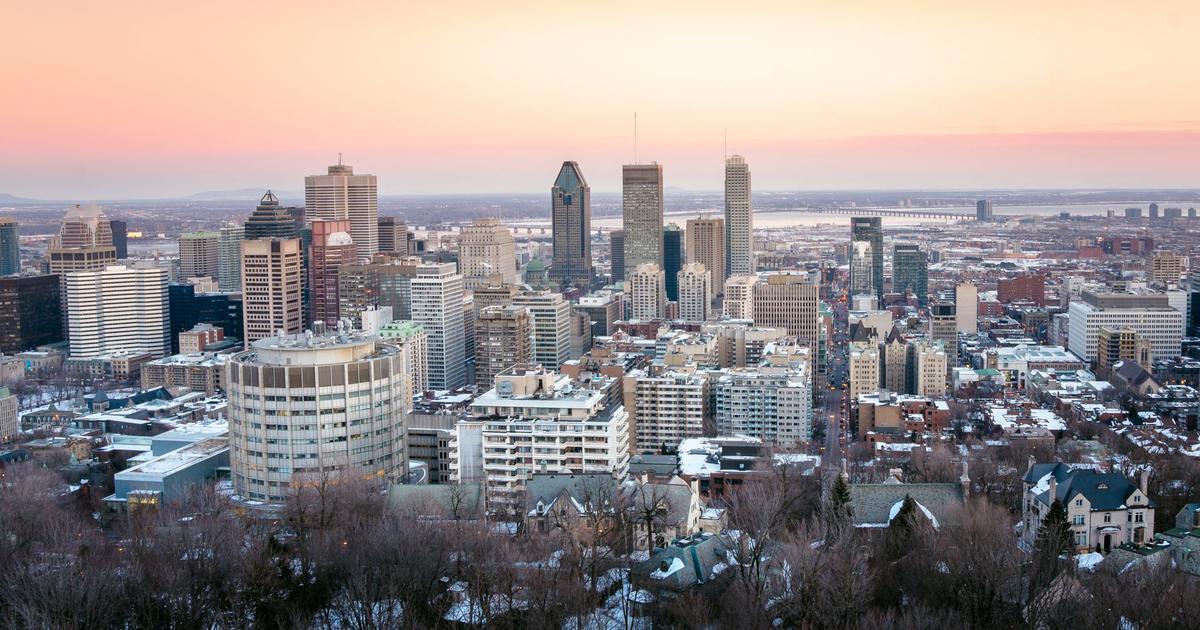This article is taken from the
special Figaro "From East to West - Living in Canada why not you?"
.
This issue offers you to answer the questions you ask yourself as simply as possible.
This, with the help of practical texts, maps and testimonials from French people living in Canada.
In Quebec
Of the capital, the only city still fortified in North America, we especially know the historic district of Old Quebec, a tourist sector, listed as a UNESCO World Heritage Site.
However, it does not attract newcomers who will settle in the so-called “
outside the walls
” districts.
Saint-Roch, Limoilou and the Quartier des Arts are among the bustling suburbs.
The new “new
”
Saint-Roch
The oldest working-class and manufacturing suburb of Quebec City, Saint-Roch has long been a prosperous and populous area.
But from the 1960s, it was deserted by a middle class who preferred the comfort of bungalows in the greater suburbs.
During this dark period, it harbored large pockets of poverty and had a bad reputation.
It was not until the 1990s and an urban revitalization program that the revival of Saint-Roch began.
From then on, ICT companies set up there, in particular video game creation studios, cultural venues developed there, fashionable shops set up there, new cafes and restaurants quickly became trendy. .
We are now talking about “Nouvo Saint-Roch” a neighborhood where life is good.
City of Quebec, the Nouvo Saint-Roch district, Saint-Joseph street.
Philippe Renault
Tell me Limoilou
It's a less and less well-kept secret, things are happening in Limoilou.
It has become the trendy place where artists, young families and newcomers from abroad settle.
This former workers' village, attached to Quebec in 1909, has the particularity of having adopted an American-style checkerboard plan.
Its arteries are named with numbers like those found in Montreal.
In these streets lined with pretty two-storey brick houses, shops, restaurants and nice cafes have multiplied in recent years and mainly on 3rd Avenue.
Many food shops, but also unusual objects or fashionable clothes contribute to make today this formerly depressed sector one of the most pleasant of the capital.
L'
Read alsoIn Quebec, the pope attacks the “cancel culture” and the “ideological colonizations”
From Montcalm to Arts Quarters
Along the Plains of Abraham, the Montcalm district, newly named Quartier des Arts, stands out for its large number of businesses and its high concentration of cultural venues.
There are theaters, the Symphony Orchestra, the Opéra de Québec and the National Museum of Fine Arts of Quebec (MNBAQ).
At the heart of this bustle is Avenue Cartier, a pretty street lined with a host of specialty shops and several good restaurants.
The Quartier des Arts brings together more than 225 establishments.
It is a sector where it is also pleasant to stroll and discover the beautiful residences of the avenue des Braves which have housed and still house famous politicians, writers or great entrepreneurs.
In
Montreal
If for many years Le Plateau-Mont-Royal attracted a good number of French people to the point of giving it the nickname of Petite-France, today we see that the “Frenchies” have widened the scope of their drop-off points.
Villeray and Mile-Ex, Sud-Ouest and Pointe-Saint-Charles or even Verdun and Ahuntsic are on the rise, but for different reasons.
Villeray, the new “in” village
A former agricultural sector in the 19th century, Villeray was for years a working-class suburb that has been aging over the past few decades.
Located in the extension of Little Italy and its famous Jean Talon market, the district has regained a second youth and is slowly becoming more bourgeois.
The arrival of singles or young couples from the more middle class has made it one of the “in” corners of the moment and incidentally has contributed to the explosion of real estate prices… Cafés, restaurants, pastry shops and trendy shops are growing there. like mushrooms, as well as small condominium buildings (co-ownership).
Montreal, the Villeray district, the Ferlucci café, atmosphere.
Philippe Renault
The Southwest and Pointe-Saint-Charles, the new sores
We already knew the sores of HOMA (for Hochelaga-Maisonneuve, a former manufacturing district currently being revitalized), we will soon have to reckon with those of Pointe-Saint-Charles.
After having been the industrial heart of Montreal for 100 years, Pointe-Saint-Charles experienced a decline in its population starting in the 1950s. In recent decades, immigrants from various origins have gradually settled in the neighborhood.
More recently, many young adults have also taken up residence there, gradually transforming this popular district where row houses now alternate with industrial buildings converted into luxury apartments.
Verdun and Ahuntsic, family side
Two other diametrically opposed neighborhoods on the map of Montreal play the family card more.
Verdun once welcomed the employees of the factories installed along the Lachine Canal.
You are here, depending on your mode of travel, car, public transport (served by three metro stations) or bicycle, five, ten or fifteen minutes from the gates of the city center.
Verdun has nevertheless kept its village spirit and still offers opportunities in terms of housing.
Its huge park along the St. Lawrence River has everything to please families and is increasingly appealing to Generation X and “millennials”.
Read alsoStanislas College in Montreal, the French spirit in Canada
Ahuntsic borders the Rivière des Prairies at the very north of the island of Montreal.
It is one of the quieter neighborhoods.
Beautiful heritage homes on the water's edge, numerous “middle-class” houses from the 1960s and 70s rub shoulders with row houses and small and large buildings.
It is one of the largest boroughs in the metropolis (24 km2) and one of the most varied from the point of view of its population since more than one inhabitant in three was born outside Canada.
"
From East to West - Living in Canada why not you?"
“
, €8.90, available at newsstands and on
the Figaro Store
.
From East to West - Living in Canada why not you?
Le Figaro















